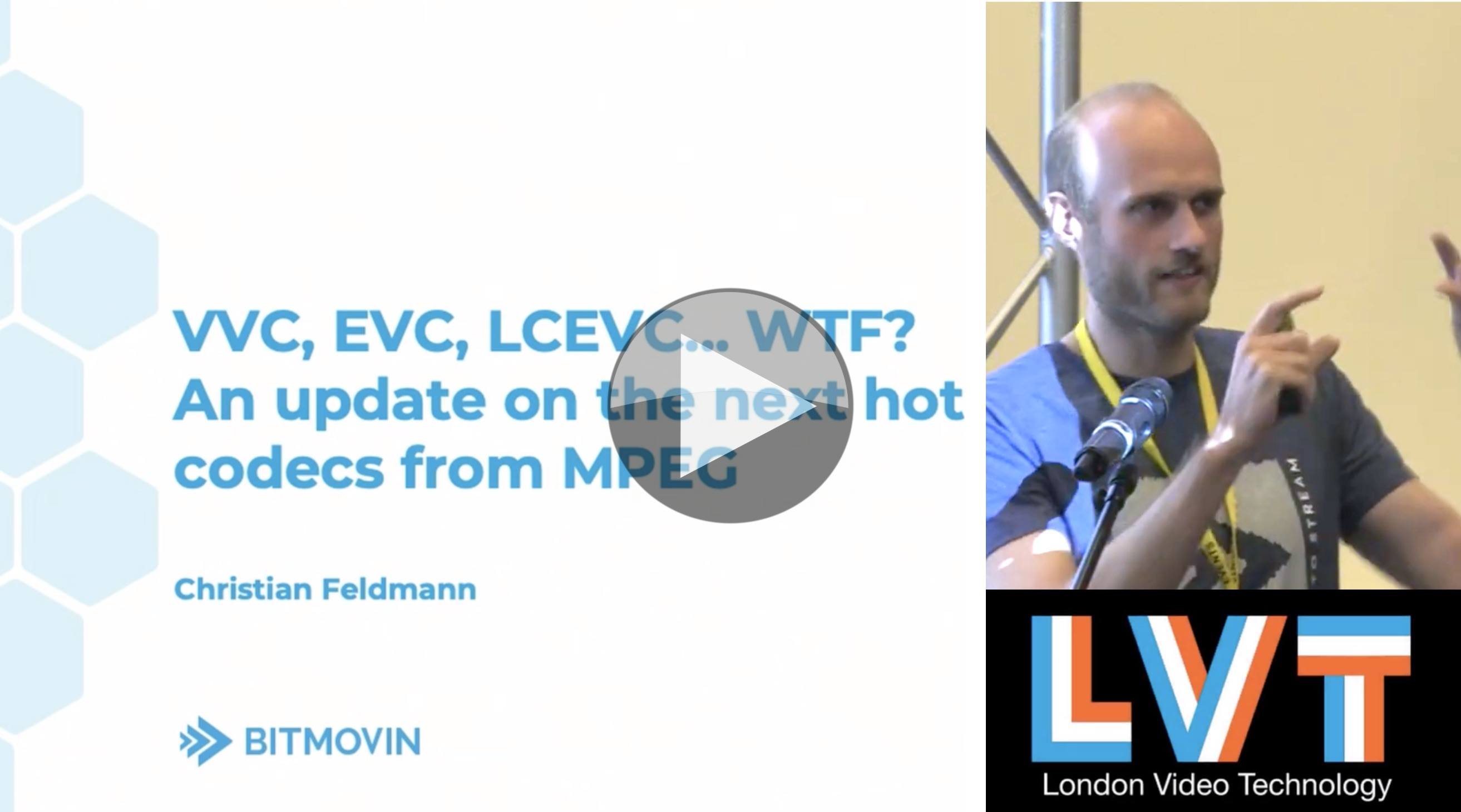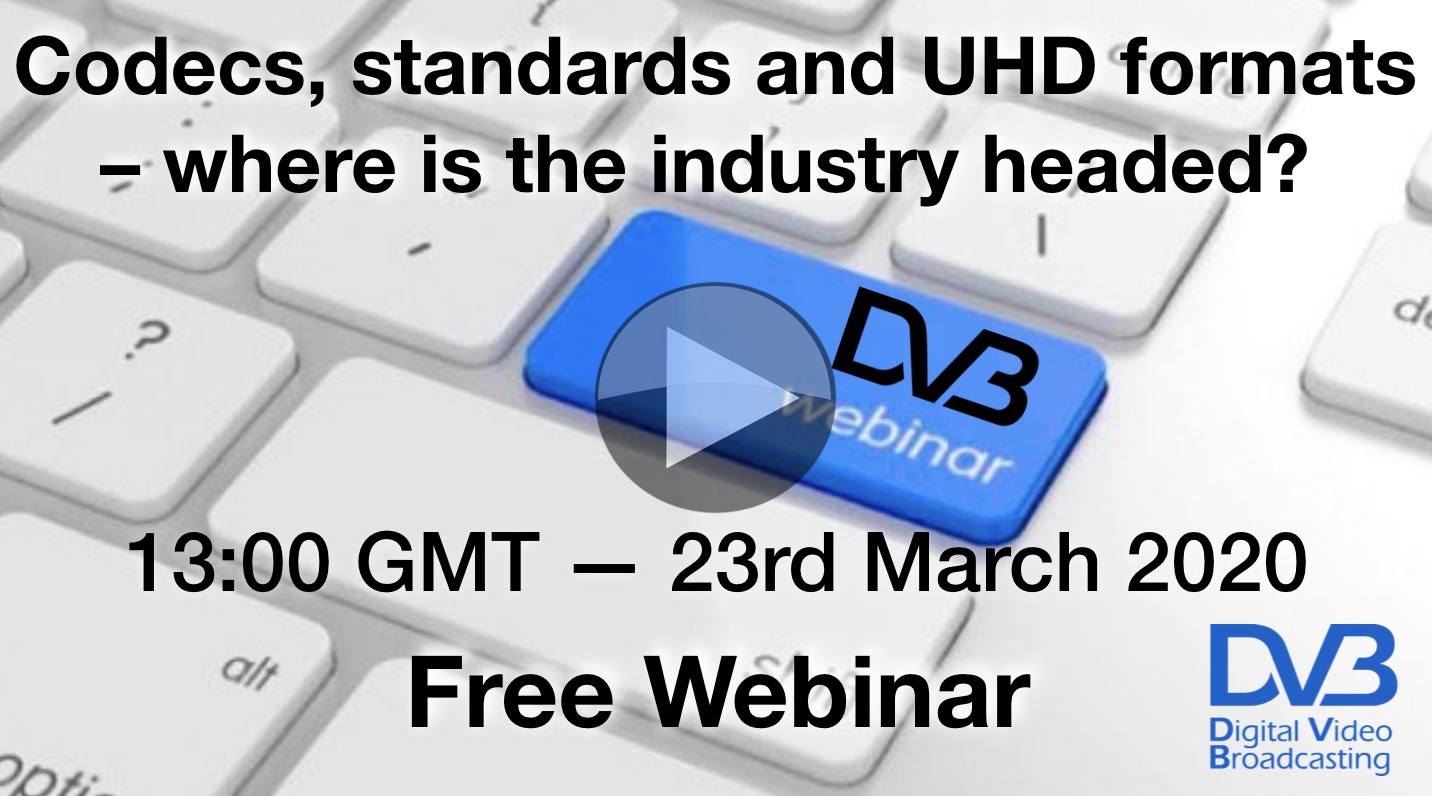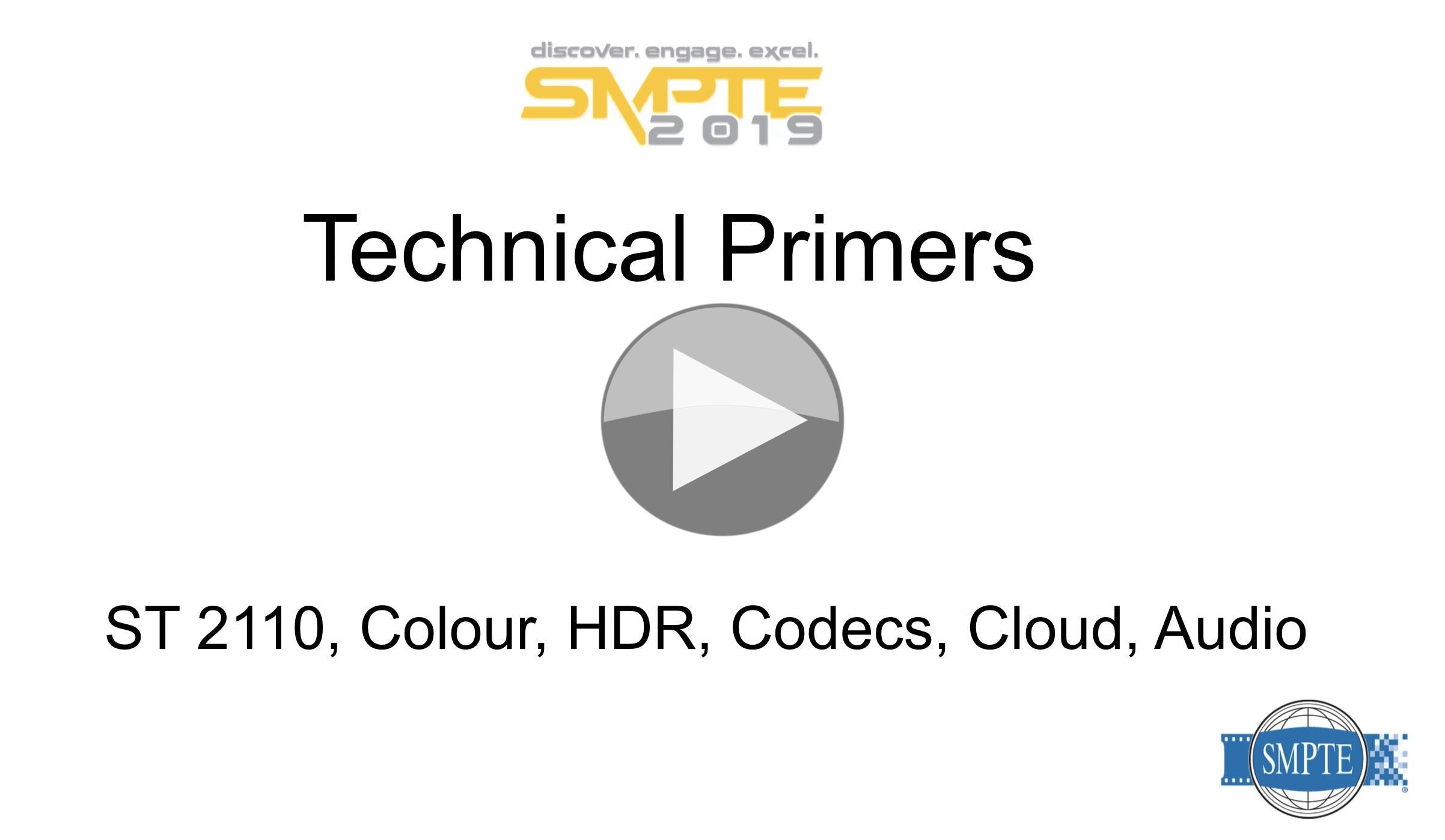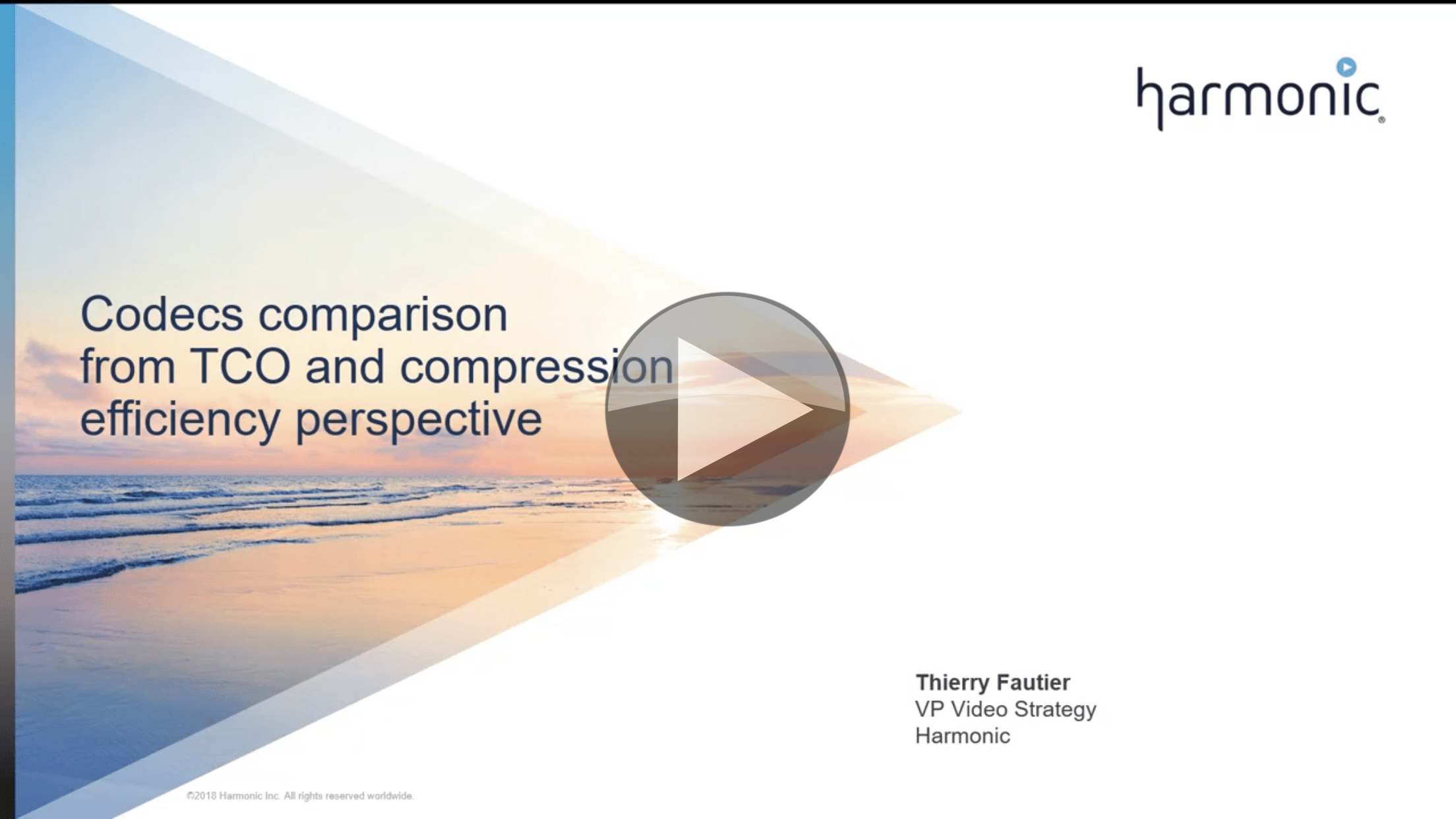Now Available On Demand
UHD transmissions have been available for many years now and form a growing, albeit slow-growing, percentage of channels available. The fact that major players such as Sky and BT Sports in the UK, NBCUniversal and the ailing DirecTV in the US, see fit to broadcast sports in UHD shows that the technology is trusted and mature. But given the prevalence of 4K in films from Netflix, Apple TV+ streaming is actually the largest delivery mechanism for 4K/UHD video into the home.
Following on from last week’s DVB webinar, now available on demand, this webinar from the DVB Project replaces what would have been part of the DVB World 2020 conference and looks at the work that’s gone into getting UHD to were it is now in terms of developing HEVC (also known as H.265), integrating it into broadcast standards plus getting manufacturer support. It then finishes by looking at the successor to HEVC – VVC (Versatile Video Codec)
The host, Ben Swchwarz from the Ultra HD Forum, first introduces Ralf Schaefer who explores the work that was done in order to make UHD for distribution a reality. He’ll do this by looking at the specifications and standards that were created in order to get us where we are today before looking ahead to see what may come next.
Yvonne Thomas from the UK’s Digital TV Group is next and will follow on from Ben by looking at codecs for video and audio. HEVC is seen as the go-to codec for UHD distribution. As the uncompressed bitrate for UHD is often 12Gbps, HEVC’s higher compression ratio compared to AVC and relatively wide adoption makes it a good choice for wide dissemination of a signal. But UHD is more than just video. With UHD and 4K services usually carrying sports or films, ‘next generation audio‘ is really important. Yvonne looks at the video and audio aspects of delivering HEVC and the devices that need to receive it.
Finally we look at VVC, also known as H.266, the successor to HEVC, also known as H.265. ATEME’s Sassan Pejhan gives us a look into why VVC was created, where it currently is within MPEG standardisation and what it aims to achieve in terms of compression. VVC has been covered previously on The Broadcast Knowledge in dedicated talks such as ‘VVC, EVC, LCEVC, WTF?’, ‘VVC Standard on the Final Stretch’, and AV1/VVC Update.
Watch now!
Speakers
 |
Ben Schwarz Communication Working Group Chair, Ultra HD Forum |
 |
Ralf Schaefer VP Standards R&I InterDigital Inc. |
 |
Yvonne Thomas Strategic Technologist DTG (Digital TV Group) |
 |
Sassan Pejhan VP Technology, ATEME |
Video: SMPTE Technical Primers
The Broadcast Knowledge exists to help individuals up-skill whatever your starting point. Videos like this are far too rare giving an introduction to a large number of topics. For those starting out or who need to revise a topic, this really hits the mark particularly as there are many new topics.
John Mailhot takes the lead on SMPTE 2110 explaining that it’s built on separate media (essence) flows. He covers how synchronisation is maintained and also gives an overview of the many parts of the SMPTE ST 2110 suite. He talks in more detail about the audio and metadata parts of the standard suite.
Eric Gsell discusses digital archiving and the considerations which come with deciding what formats to use. He explains colour space, the CIE model and the colour spaces we use such as 709, 2100 and P3 before turning to file formats. With the advent of HDR video and displays which can show bright video, Eric takes some time to explain why this could represent a problem for visual health as we don’t fully understand how the displays and the eye interact with this type of material. He finishes off by explaining the different ways of measuring the light output of displays and their standardisation.
Yvonne Thomas talks about the cloud starting by explaining the different between platform as a service (PaaS), infrastructure as a service (IaaS) and similar cloud terms. As cloud migrations are forecast to grow significantly, Yvonne looks at the drivers behind this and the benefits that it can bring when used in the right way. Using the cloud, Yvonne shows, can be an opportunity for improving workflows and adding more feedback and iterative refinement into your products and infrastructure.
Looking at video deployments in the cloud, Yvonne introduces video codecs AV1 and VVC both, in their own way, successors to HEVC/h.265 as well as the two transport protocols SRT and RIST which exist to reliably send video with low latency over lossy networks such as the internet. To learn more about these protocols, check out this popular talk on RIST by Merrick Ackermans and this SRT Overview.
Rounding off the primer is Linda Gedemer from Source Sound VR who introduces immersive audio, measuring sound output (SPL) from speakers and looking at the interesting problem of forward speakers in cinemas. The have long been behind the screen which has meant the screens have to be perforated to let the sound through which interferes with the sound itself. Now that cinema screens are changing to be solid screens, not completely dissimilar to large outdoor video displays, the speakers are having to move but now with them out of the line of sight, how can we keep the sound in the right place for the audience?
This video is a great summary of many of the key challenges in the industry and works well for beginners and those who just need to keep up.
Watch now!
Speakers
 |
John Mailhot Systems Architect for IP Convergence, Imagine Communications |
 |
Eric Gsell Staff Engineer, Dolby Laboratories |
 |
Linda Gedemer, PhD Technical Director, VR Audio Evangelist Source Sound VR |
 |
Yvonne Thomas Strategic Technologist Digital TV Group |
Video: Codec Comparison from TCO and Compression Efficiency Perspective
AVC, now 16 years old, is long in the tooth but supported by billions of devices. The impetus to replace it comes from the drive to serve customers with a lower cost/base and a more capable platform. Cue the new contenders VVC and AV1 – not to mention HEVC. It’s no surprise they comptes better then AVC (also known as MPEG 4 and h.264) but do they deliver a cost efficient, legally safe codec on which to build a business?
Thierry Fautier has done the measurements and presents them in this talk. Thierry explains that the tests were done using reference code which, though unoptimised for speed, should represent the best quality possible from each codec and compared 1080p video all of which is reproduced in the IBC conference paper.
Licensing is one important topic as, by some, HEVC is seen as a failed codec not in terms of its compression but rather in the réticente by many companies to deploy it which has been due to the business risk of uncertain licensing costs and/or the expense of the known licensing costs. VVC faces the challenge of entering the market and avoiding these concerns which MPEG is determined to do.
Thierry concludes by comparing AVC against HEVC, AV1 and VVC in terms of deployment dates, deployed devices and the deployment environment. He looks at the challenge of moving large video libraries over to high-complexity codecs due to cost and time required to re-compress. The session ends with questions from the audience.
Watch now!
Speaker
 |
Thierry Fautier President-Chair at Ultra HD Forum, VP Video Strategy, Harmonic |
Video: VVC, EVC, LCEVC, WTF? – An update on the next hot codecs from MPEG

The next-gen codecs are on their way: VVC, EVC, LCEVC but, given we’re still getting AV1 up and running, why do we need them and when will they be ready?
MPEG are working hard on 3 new video codecs, one in conjunction with the ITU, so Christian Feldmann from Bitmovin is here to explain what each does, the target market, whether it will cost money and when the standard will be finalised.
VVC – Versatile Video Codec – is a fully featured video codec being worked on as a successor to H.265, indeed the ITU call it H.266. MPEG call it MPEG-I Part 3. Christian explains the ways this codec is outperforming its peers including a flexible block partitioning system, motion prediction which can overlap neighbouring macroblocks and triangle prediction to name but three.
EVC is the Essential Video Codec which, intriguingly, offers a baseline which is free to use and a main profile which requires licences. The thinking here is that if you have licensing issues, you have the option of just turning off that feature which could five you extra leverage in patent discussions.
Finally, LCEVC – the Low Complexity Essential Video Codec allows for enhancement layers to be added on top of existing bitstreams. This can allow UHD to be used where only HD was possible before due to being able to share decoding between the ASIC and CPU, for example.
These all have different use cases which Christian explains well, plus he brings some test results along showing the percentage improvement over today’s HEVC encoding.
Watch now!
Speaker
 |
Christian Feldmann Codec Engineer, Bitmovin |




